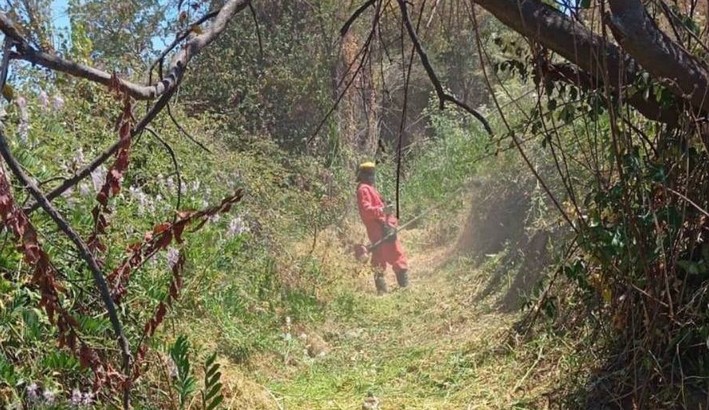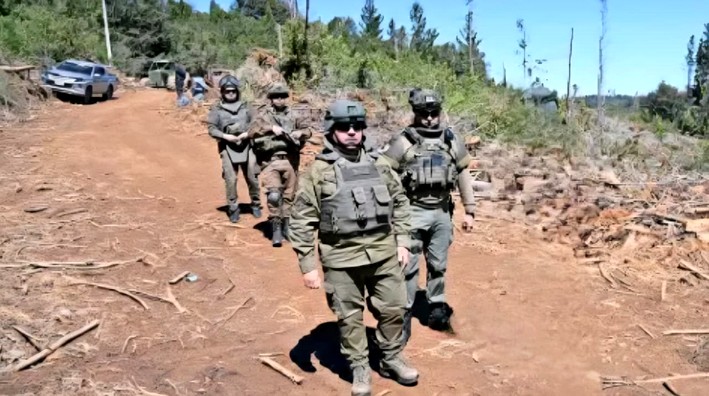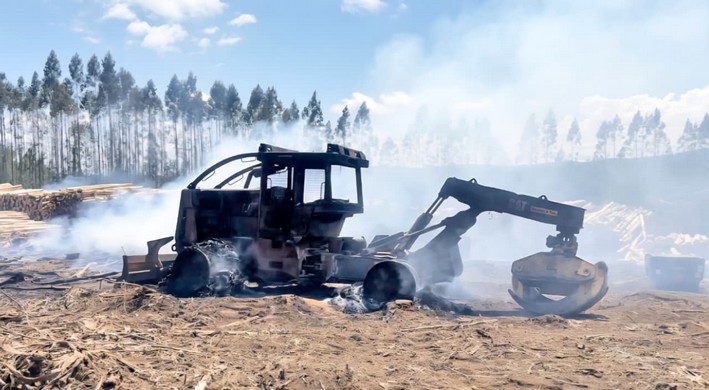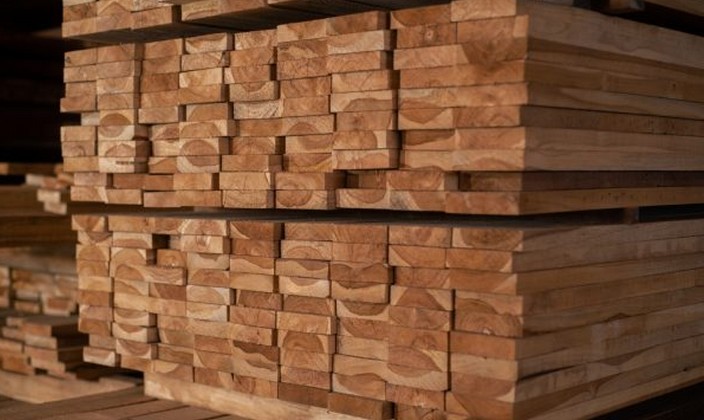Chillán Municipality Prepares Series of Measures to Prevent Fires in Urban Area
In order to anticipate prevention, mitigation, response, and rehabilitation actions, the Municipal Emergency Unit, under the Municipal Administration, coordinated its teams to prevent the occurrence of wildfires and be prepared for possible extreme temperatures during the 2025-2026 period.
In this context, the content of the firebreak and vegetative fuel load reduction program was announced, which includes the creation of 21,508 linear meters of firebreaks, 20 meters wide, in sectors containing critical points of the city of Chillán.
Mayor Camilo Benavente explained that these early meetings aim to safeguard the integrity of the community and preserve the natural environment through the strategic implementation of firebreaks and the reduction of vegetative fuel load in interface zones.
To carry out the initiative, a Committee for Disaster Risk Management (Cogrid) was scheduled for the month of October, and the participation of other relevant institutions such as the National Forestry Corporation (Conaf), the National Disaster Prevention and Response Service (Senapred), the General Electricity Company (CGE), Copelec companies, Firefighters, Municipal Security, Carabineros, and the Health Service, among others, is expected.
"In previous years we have managed to reduce the occurrence of wildfires in the commune, for which it is necessary to verify the implementation of preventive measures such as surveillance, patrolling, education and awareness, creation of firebreaks, cleaning or removal of vegetative fuel in canals and critical points, among other equipment and training coordination, along with the respective subsequent methodology for damage assessment and support for families," commented the municipal chief.
In this way, municipal coordination will assume an active role together with Conaf, Firefighters, and the municipal departments of Public Security (route planning), Environment, Cleaning and Beautification (for preventive maintenance), Dideco and Public Works, with the support of a motor grader-backhoe for vegetation clearing work, which allows for the elimination of combustible vegetative mass before the start of the summer months, therefore, the period of highest occurrence of fires in the commune during the year.
Creation of firebreaks
Since the summer of 2023, no major incident has occurred again within the urban area of the regional capital.
On that occasion, more than 140 hectares burned, and all residents of the Quilmo and Jerusalén villas had to be evacuated, as they were affected by the projection of a wildfire that started in the interface zone on the south side, so some of the destroyed hectares corresponded to the commune of Chillán Viejo.
The final tally included six houses completely destroyed, and at least a dozen with damages of varying magnitude.
Since then, the municipality has been working on creating firebreaks, constantly cleaning interface zones, keeping telephone alarms active, and running various preventive campaigns.
For this 2025-2026 summer, the firebreaks have increased, and according to the municipality's updated survey, in the south-east sector of the commune, firebreaks will be created in the following sectors: Camino Viejo Coihueco (797 meters), Centro de Semillas (873), Los Domínicos (1,337), San Bernardo (984), Libertad Oriente (1,520), Doña Rosa (1,184), Las Violetas-Doña Gabriela (2,240), Las Delicias (1,158), Doña Francisca I, II and III (1,611), Las Crisálidas-Galilea (679), Villa Río Chillán (767), Villa Jerusalén-Quilmo (1,452), Complejo Río Viejo-Villa Brisas del Bicentenario- Río del Sur- Los Naranjos (3,450), Villa Islas del Sur (180) and Luis Cruz Martínez (680).
Likewise, in the rural south-west sector, work will be carried out in Villa Pablo Neruda- Quinchamalí (331), Escuela F-249-Carabineros and Firefighters of Quinchamalí (484), Escuela Confluencia- Railway Line- Social Housing (1,049) and El Litral (732).
Currently, the crews of the Municipal Emergency Unit are reducing the vegetative load of the Canal de la Luz, along with the recovery of the irrigation tributary, which opens its gates at the beginning of the irrigation season starting each first weekend of October.
Therefore, the initial vegetation clearing for the creation of firebreaks in risk sectors begins next October 6th, so that by the 30th of the same month, the entire circuit is completed.
Subsequently, the process is repeated in November and December, because the third clearing to be done before January coincides with the natural process of vegetative regeneration, and growth from then on is much slower or even non-existent.
According to the municipality's records, about 80% of these incidents originated in places with unauthorized micro-dumps, while 8% of the fires started in areas with uncontrolled vegetation, and 12% in areas with the presence of both anomalies.
And among the most common causes, negligence in areas such as camping or on excursions stands out, in addition to unauthorized burns and agricultural work.
Source:La Discución

















